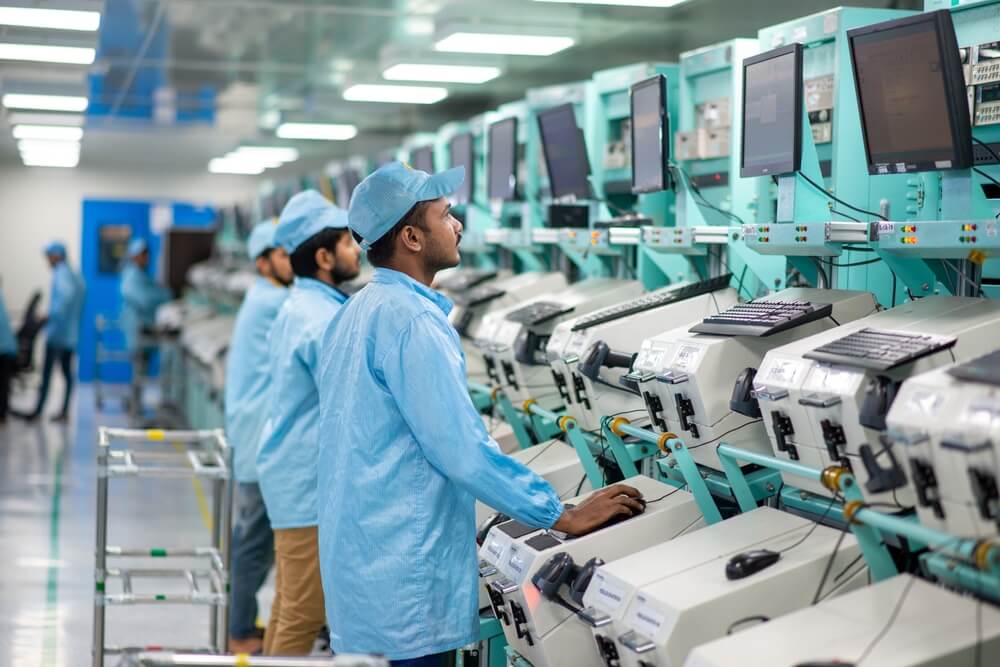In a few weeks, India and the European Union will cross the threshold, and there will be no more major impediments to their relations reaching new heights.
The elections for the Lok Sabha, the lower house of parliament, will conclude in early June after six weeks.
They will almost definitely result in a new mandate for the present Bharatiya Janata Party (BJP) government and Prime Minister Narendra Modi.
At the same time, in the first week of June, the 27 EU member states will elect the new assembly of the European Parliament, which will later elect the European Commission, its executive body.
These elections are being presented both in India and by Brussels bureaucrats as a stage they need to wait for, but after that, work on the long-expected free trade agreement will be expedited.
In India, there will most probably be no change in the country's political leadership and, thus, no developments that would undermine the willingness to sign the FTA with the EU.
The political will is present on both sides
On the other hand, some change in the balance of political power in the EU institutions is possible, but even if this happens, it will not change the widespread conviction among European politicians that the FTA with India is necessary for Europe.
“India and the European Union both have the political will to conclude the Free Trade Agreement”, said Stefano Sannino, one of the EU's leading diplomats and Secretary General of the European External Action Service, at the end of February.
The EU and India, have already spent too much time without a comprehensive agreement that would take relations to a whole new level
Two of the five largest global economic entities, the EU and India, have already spent too much time without a comprehensive agreement that would take relations to a whole new level.
Free trade negotiations were frozen for eight years, from 2013 to 2021, despite having already gone through 15 rounds of negotiations and cleared the path for a final agreement.
The circumstances that arose during this period of vacuum on the global stage forced the negotiators to return to dialogue. The EU and Indian leaders did so in May 2021, when they declared their willingness to continue negotiations on a "balanced, ambitious, comprehensive, and mutually beneficial" trade agreement.
Their promise to complete the entire work by the 2024 election will not be fulfilled. However, the flywheel can be set into action immediately following the June elections. As agreed upon by the teams at the start of the year, a fresh, eighth round of negotiations will take place in Brussels following the elections in India and the EU.
India is close to an agreement
Although it is an extremely complex document, and in India's case the most comprehensive one it has worked on so far, both parties have strong motives to finalise it as a win-win situation.
The Europeans hope that the FTA will make it easier to market their industrial goods, cars, food, and alcoholic beverages. India's motives are to increase exports of services, textiles, leather, and food. India is also interested in facilitating and protecting reciprocal investments, as well as offering free travel and residence in the EU for its professionals.
The great rapprochement between India and the EU, both among the five largest economies, was marked by the FTA signed last March between India and four non-EU developed European economies that are members of the EFTA (European Free Trade Agreement): Iceland, Switzerland, Norway, and Liechtenstein.
An even more compelling reason for finalising the FTA is the extraordinarily high growth rate of mutual trade of more than 40% annually
Given that the four EFTA countries are not EU members but share similar corporate principles and interests, the deal pushed India one step closer to a significant agreement with the EU.
In 2022, India's two-way trade with the EU exceeded $115 billion. However, an even more compelling reason for finalising the FTA is the extraordinarily high growth rate of mutual trade of more than 40% annually.
Curbing China - a shared interest
India hopes to maintain its high GDP growth rate of more than 6% in the future in order to meet its government's objectives for regional economic leadership, not only in the Indo-Pacific region but also globally.
In this respect, an FTA with the EU would not only be desirable but also a necessary condition for maintaining high growth.
 An FTA with the EU would not only be desirable but also a necessary condition for maintaining high growth
An FTA with the EU would not only be desirable but also a necessary condition for maintaining high growth
On the other hand, the EU would like to maintain and further capitalise on its position as India's third economic partner (after the US and China) and push China out of second place.
In this respect, both sides share a motivation to reduce China's influence on global trade and investment, i.e., a shared strategic interest in curbing China's often aggressive trade policy through mutual cooperation.
The continuity of the Indian government's policy, which is to be expected after the current elections, is a significant guarantee that work on the FTA with the EU will be one of its priorities.
Interests also align in the EU, which seeks to build, in collaboration with India, not just a balance against Chinese economic influence but also new opportunities for the growth of its own economy.